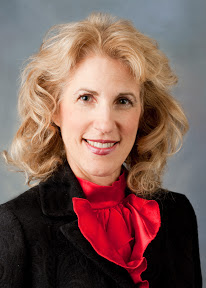By JOANN S. LUBLIN

Is there such a thing as a diversity dividend?
A new study of 366 public companies in the U.S., Canada, U.K., Brazil, Mexico and Chile by McKinsey & Co., a major management consultancy, found a statistically significant relationship between companies with women and minorities in their upper ranks and better financial performance as measured by earnings before interest and tax, or EBIT.
The findings could further fuel employers’ efforts to increase the ranks of women and people of color for executive suites and boardrooms — an issue where some progress is being made, albeit slowly.
McKinsey researchers examined the gender, ethnic and racial makeup of top management teams and boards for large concerns across a range of industries as of 2014. Then, they analyzed the firms’ average earnings before interest and taxes between 2010 and 2013. They collected but didn’t analyze other financial measures such as return on equity.
Businesses with the most gender diverse leadership were 15% more likely to report financial returns above their national industry median, the study showed. An even more striking link turned up at concerns with extensive ethnic diversity. Those best performers were 35% more likely to have financial returns that outpace their industry, according to the analysis. The report did not disclose specific companies.
Highly diverse companies appear to excel financially due to their talent recruitment efforts, strong customer orientation, increased employee satisfaction and improved decision making, the report said. Those possible factors emerged from prior McKinsey research about diversity.
McKinsey cited “measurable progress” among U.S. companies, where women now represent about 16% of executive teams — compared with 12% for U.K. ones and 6% for Brazilian ones. But American businesses don’t see a financial payoff from gender diversity “until women constitute at least 22% of a senior executive team,’’ the study noted. (McKinsey tracked 186 U.S. and Canadian firms.)
The study marks the first time “that the impact of ethnic and gender diversity on financial performance has been looked at for an international sample of companies,’’ said Vivian Hunt, a co-author, in an interview. Yet “no company is a high performer on both ethnic diversity and on gender,’’ she reported.
And “very few U.S. companies yet have a systematic approach to diversity that is able to consistently achieve a diverse global talent pool,” Ms. Hunt added.
McKinsey has long tracked workplace diversity. A 2007 study, for instance, uncovered a positive relationship between corporate performance and the elevated presence of working women in European countries such as the U.K., France and Germany.
Source: http://blogs.wsj.com



